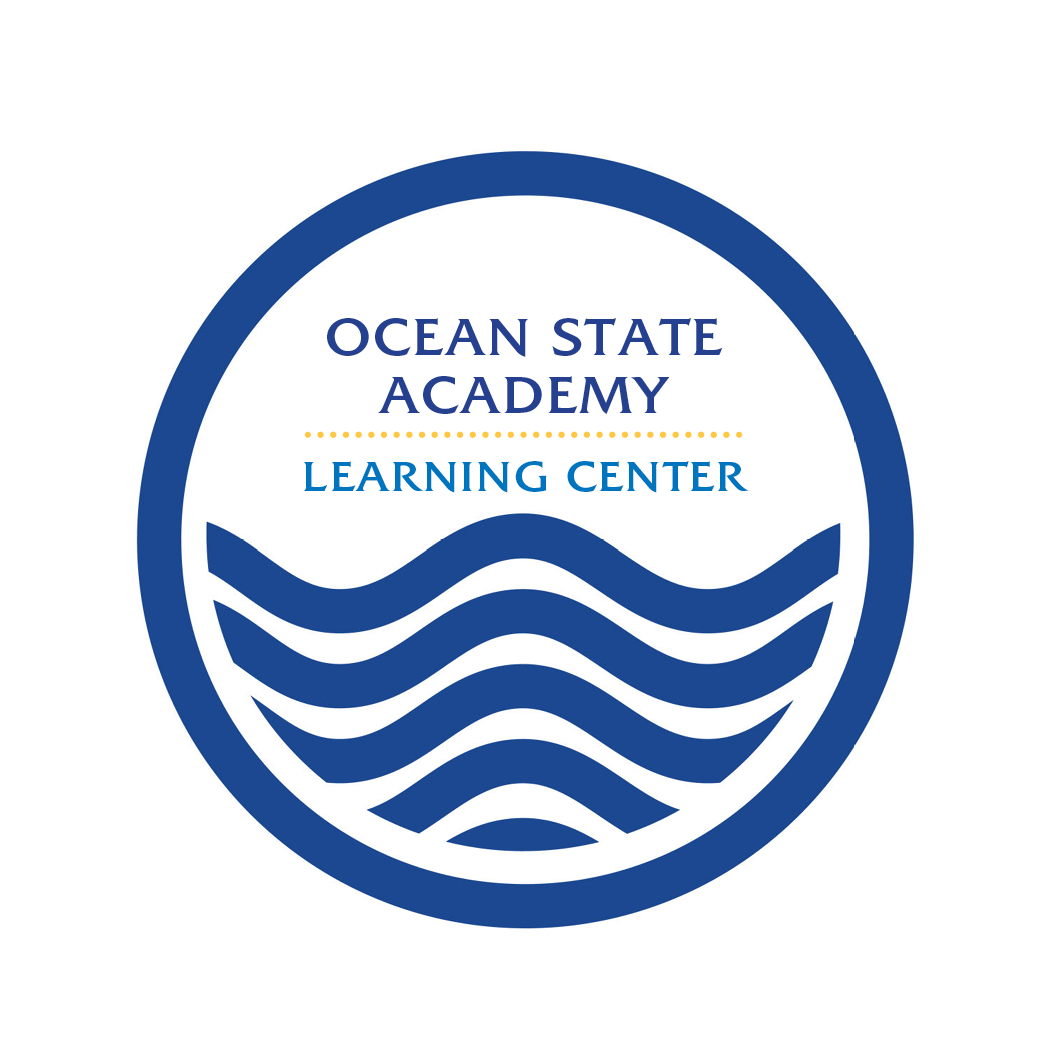OSALC is dedicated to assisting each student with finding their unique voice. Our communication program is therefore individualized to align with each student’s capabilities and needs. In accordance with student IEPs, our service delivery model for speech-language therapy provides both individual and small-group sessions. Personalized therapy goals are formed collaboratively by the multidisciplinary team, including the speech-language pathologist (SLP) and the special education teacher. As applicable, therapy plans may include the utilization of Augmentative and Alternative Communication (AAC) tools, systems, and strategies, ranging from high-tech devices to low-tech picture schedules and communication books.
We make it a point to integrate speech-language therapy into everyday activities throughout the school, such as play and leisure, social interactions, academics, and vocational opportunities. Both speech and language skills are emphasized to redirect students from engaging in maladaptive behavior in order to communicate and instead guide them toward making their needs and wants clearly known. They may wish to ask for help with something, for example, or they may have to use the restroom or want to access a quiet space—we teach them to use various communication modalities to share such needs and wants so they can be met. And all classrooms in the building offer quiet spaces to foster this type of learning.
The speech-language services at OSALC also assist students with accessing academics. Our SLPs work with other staff to encourage language-rich curriculum and instruction across a wide range of learning functions and activities that require an understanding of language, like following directions (getting a snack from one’s lunch box, for instance), participating in morning meeting activities (such as identifying the date and describing the weather), and understanding books read aloud.
The OSALC environment enhances speech-and-language-based learning in myriad ways. Our small class sizes with optimal staff-to-student ratios reduce extraneous noise and allow for individual instruction per student. Visual and textural cues are used throughout the school building as well, to increase vocabulary and to assist with comprehension. We make it our mission to maximize our students’ communication capabilities to the highest degree possible.




